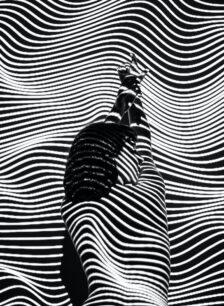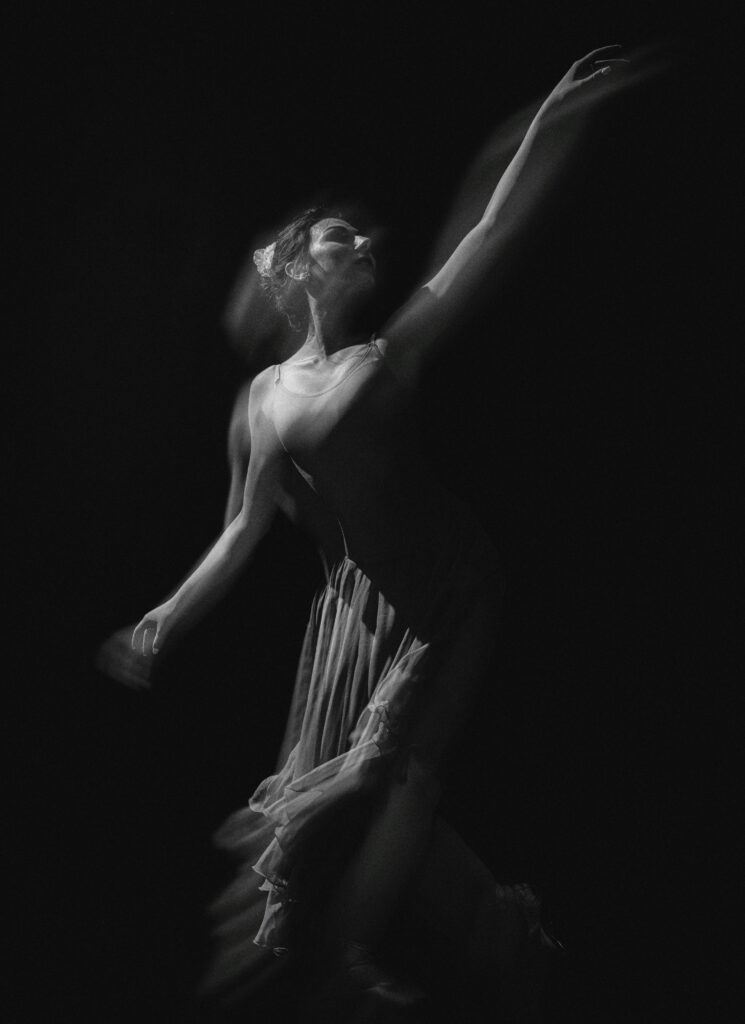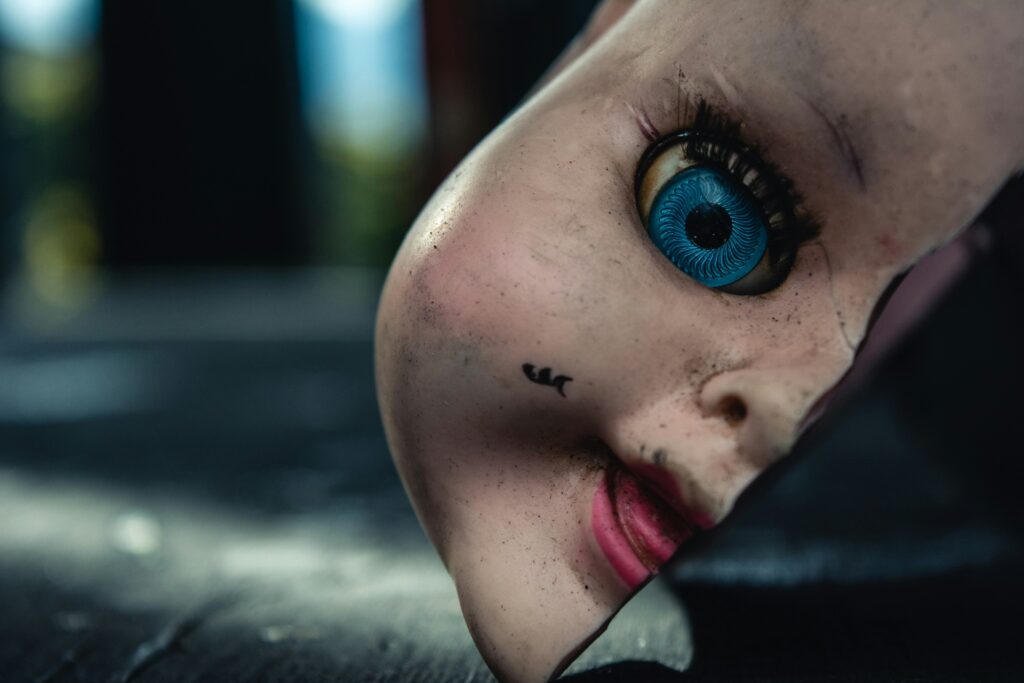The Picture
Patricia Morris, November 23, 2023
Is this the right distance from the bat-shaped painting for the viewer or have they been positioned her in the ideal position for the photo? Perfection is what the woman demands. It must be a woman because of the size of the sitter’s frame. Their elbows barely touch the chair’s frame, however these days we are not supposed to use the pronoun or make a distinction. The leather purse rests at the groin, the colour and contours of a large mature hairless cat. The black ears are the clasp. I know for sure the husband took the shot of the woman in the wheelchair being subsumed into the huge formed painting because he published it on Facebook. The husband is an Englishman who thoroughly documents their 50 years of London expeditions, travels around the world and all his partner’s local walking tours.
It is impossible to tell whether the face is mildly satisfied or is a gathering storm in response to the painting. Maybe she is responding to the crude acrylic brush strokes on aluminum or she’d rather be six centimeters to the left so she can view the image as a butterfly. Perhaps the viewer likes, needs, must be in control but can’t get it right. Until recently she was a community organizer who ran an organization which is an overlap of business, arts and residents working together in Shad Thames, London.
Eyeglass stems define the ears on the back of her white-shaved head. We are given no idea what fashion those glasses might be but the ears are well-defined and seem perked ready to hear. She could even be wearing sunglasses as she might not want to be recognized. The fake-fur hood is carefully draped into a luxurious landscape and could serve as a neck rest if needed. Was it the photographer who spread it just so, like the folds in impressive lines, forms and colour imitating luxurious fabric in a royal painting or the recent coronation of the new old King?
She wasn’t always in a wheelchair. Two decades ago, she ran a dozen superfast London marathons on the riverside cobblestone roads. More recently, around the time of the line-ups outside their flat for the late Queen’s memorial, the viewer was recovering from a knee replacement and worried that she might not be able to come and go because of the crowds. After a year, the surgery was declared a success. She was walking at 80%. A week after the sign-off by the surgeon, she slipped on pavement, and her new solid metal/ceramic knee offered resistance in a different way than her real knee would have. She fell like Humpty Dumpty and rolled on the sidewalk. Only Humpty didn’t have a femur to be slammed and shattered in three places. The second surgery performed by the same surgeon was a more complicated procedure and a much longer hospital stay. The surgeon installed a new plate with screws over the artificial knee, and the patient mustn’t bear weight yet. The sculptured knee sits with a life of its own swollen under the skin. She had to cancel her sibling revelry trip to Vancouver and toughed it out home alone in London amidst the NHS 4-day walkout, as her husband traveled on his African safari. She was miserable as a cow until she reframed the experience. The Absent Sister emailed, ‘Although I am only in London SE1, I am also on an exotic journey. I am walking my age in steps with a crutch when I am not sitting in the wheelchair looking at the muddy Thames.’
The photographer is back and pushing the wheelchair and the patient’s replacement knee is hurting.
The photo must have been taken in the White Cube in Bermondsey, since the room and floors are white and the gallery must be in her neighbourhood and wheelchair accessible. The wall in the photo has a gravitational dissolve into the floor with its directional line aligned just so beside the wheels of the chair. The out-of-focussed horizon settles and then broadens the mind to eyesight. Which is more static the painting, the viewer or perhaps you the viewer of the viewer? Keep your body as still as the photo. Have you ever wondered if the whimsical photographer Eadweard Muybridge could have captured the moment of a person rising with no boots touching the ground? Wait, it looks like our person is wearing running shoes not boots. Perhaps she expects a reverse miracle of some kind.
Art is about beauty, but when one is in pain, everything becomes pain. Desperation takes over the mind and other bodily experiences. Pain is the child of an over idle brain; it screams, lowly and loudly, like a child playing hopscotch on the sidewalk. Pain recites its own haiku:
More morphine for me
I want last season’s body
The head is all heart has.
Perhaps the viewer of the viewer should close their eyes because they don’t want to witness the pain. Maybe the viewer cannot view the painting because eyes are closed due to pain or because painkillers are altering her vision. Pain is the moment of suicidal thoughts. One might consider that even a wheelchair can vault over her most beloved Tower Bridge. She is a city gal who doesn’t own a swimsuit and knows about the spiny dogfish and other yucky fish on the river. She could actually face her flat if she were to fall to her death. Or she could just do the radical action of tossing her phone and therefore her memories into the river; throwing in the proverbial towel.
We know that the viewer holds a standard gallery opening glass of French cheap red wine, which will surely mix with the painkillers. There are personal reasons the viewer cannot or does not want to view the painting at all.
As the viewer of the viewer, you are sensitive to pain, beauty, seeing and not seeing. Susan Sontag suggested that “everyone who is born holds dual citizenship, in the kingdom of the well and in the kingdom of the sick.” This is exhausting, don’t you agree? However, you do know that when the pain subsides, the painting will come alive. The wheelchair viewer’s vulnerability seems naked. Her favourite painter is Bridget Riley with her hand-painted precise colour choice for each stripe. She appreciates decisiveness and steady hand. Archtyp XXVII form is probably too amorphous on the wall for her taste. In contrast I celebrate the 82-year-old Imi Knoebel’s movements and emotions; it feels as if the painting is an ax and is breaking ice inside me. The photo in front of us captures extreme anticipation in the air.
I want to care for the viewer like I would do for one you love, but I would be wrong. I know this because the viewer is my younger sister and that is just how she is. Ah, family, that wonderful, complicated beast. She loves only her husband in her tidy, controlled way. She’s the kind of woman who you want to go to a restaurant with after the show, as she will clearly articulate all her demands to the waiter. At the opening, and the restaurant, she will actively block out all extraneous pretentious discussion and get her needs met. Her approach to looking at art is silent and church-like. She constructs boundaries all the time, and the outer edges of a painting are her thing. She loves a detailed stencil rather than the ruff aluminum edges in front of her.
This could be her last gallery opening; or it is possible she will recover and be able to go back to her beloved spin classes once again. The mind does not know, but perhaps the body does, and we think the doctor can tell us for sure. From the photo, I have a distinct sensation that she is separated from the flow of time. Rather than looking forward inside that time, she sees time flowing by outside of herself. She has no control in this dimension. As the aging process takes its toll, the viewer experiences time in a unique way. It’s not the painting that’s causing her to tune out, but rather irritation with the predictable party personalities and their expectations at the opening celebration. Having attended too many of these in her life, she finds herself disinterested and disconnected. She’d rather be drinking a Guinness extra stout in a local pub.
While most people crave approval, artists, in particular, rely on it for their livelihood. However, the viewer in the wheelchair, known as XO, the graffiti art critic, holds her own opinion and her job is to make them known. She sits poised with a can of spray paint in her lap, ready to make her mark.
She chooses her moment to throw and shatter her wine glass on the floor, creating hundreds of glass chards with a puddle of red diversion. As everyone’s attention is drawn to the kerfuffle, she sprays a large black X on the painting with the aerosol can in her right hand. The photographer, her husband, who is there to help her make a quick exit, is the only one who knows what’s about to happen. You can feel it in the photo.
While some in the gallery may interpret the act as a protest, it’s actually a succinct statement by a critical viewer. As we consider the relationship between art and life, it’s clear that both the viewer and the viewed play an important role. The critique is not frivolous but a meaningful expression of opinion.
We should celebrate the elder’s exclamation on the art, recognizing the significance of this action in a society where inaction is perceived as the safest choice. It’s important to note that the critical critic act took a lot out of the elder. Now she seeks rest and healing in the nearest available place. After all, napping in a wheelchair just doesn’t cut it. She is hoping that Banksy will support her in this action of hers, as she was a keen supporter of him. She thinks she lives in Dismaland.
Overall, this event is a seamless provocation from all concerned. The gallery is pleased as the audience at the opening have had an emotional experience, the artist receives the attention he craves, newsworthy people will now flock to the exhibit, and the husband’s photo becomes more meaningful. The duty of art has been achieved. Banksy has not officially weighed in on the action, however more and more of his latest graffiti include images of wheelchairs which could be interpreted as approval.
You may also like
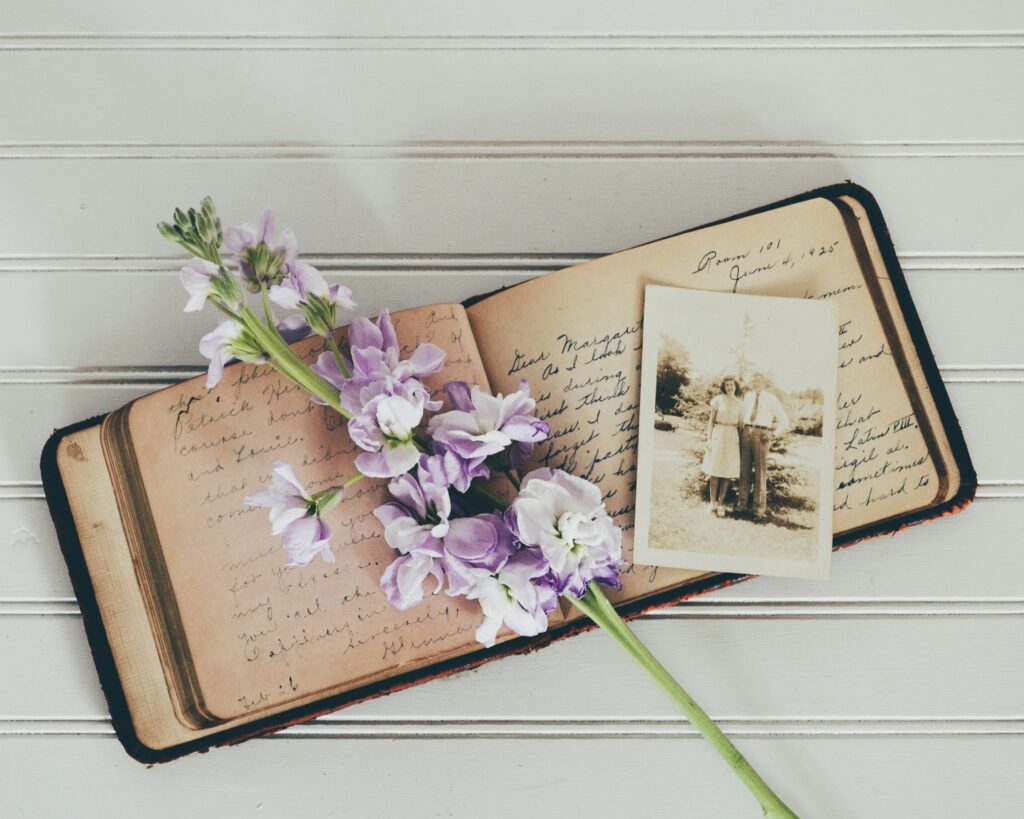
Eyes of the Beholden
Unspoken desires linger in the shadows of a teacher's life, revealed through art

LOST
Bessie's odyssey through stormy nights, lost love, and secret graveyards unfolds with haunting beauty in "Lost" by Sandra Dennis.

Water Rising
Amidst a flood, a woman grapples with the past, and confronts the consequences in this haunting narrative of resilience.

Book Review: White Nights by Urszula Honek
The debut short story from Polish writer Urszula Honek, White Nights, is akin to reading an account of a haunted place – one that is beautiful and devastating in equal
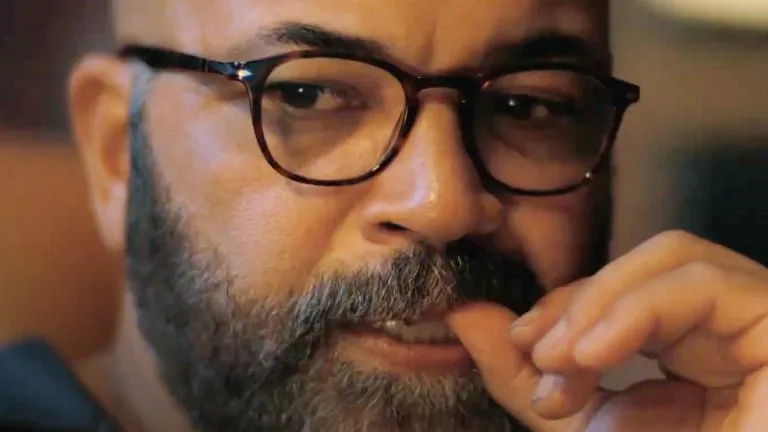
Beyond the Surface: The Multifaceted Lives of ‘American Fiction’
In essence, "American Fiction" and the experiences it draws from remind us that we are indeed more than the sum of our parts.
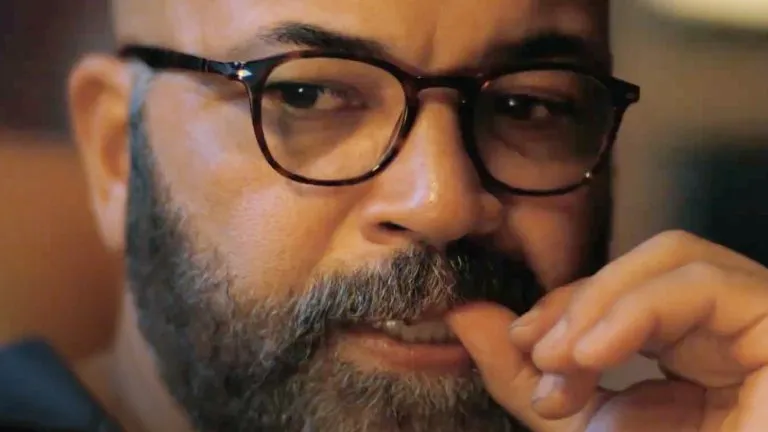
Beyond the Surface: The Multifaceted Lives of ‘American Fiction’
The narrative of “American Fiction” unfolds with a dual focus: it not only scrutinizes the unique pressures faced by Black creatives but also delves into the intricate and sometimes tense…

Uncle Bobby’s Funeral
Reluctant family faces the eccentricities of Uncle Bobby's funeral in swampy Chipley.




